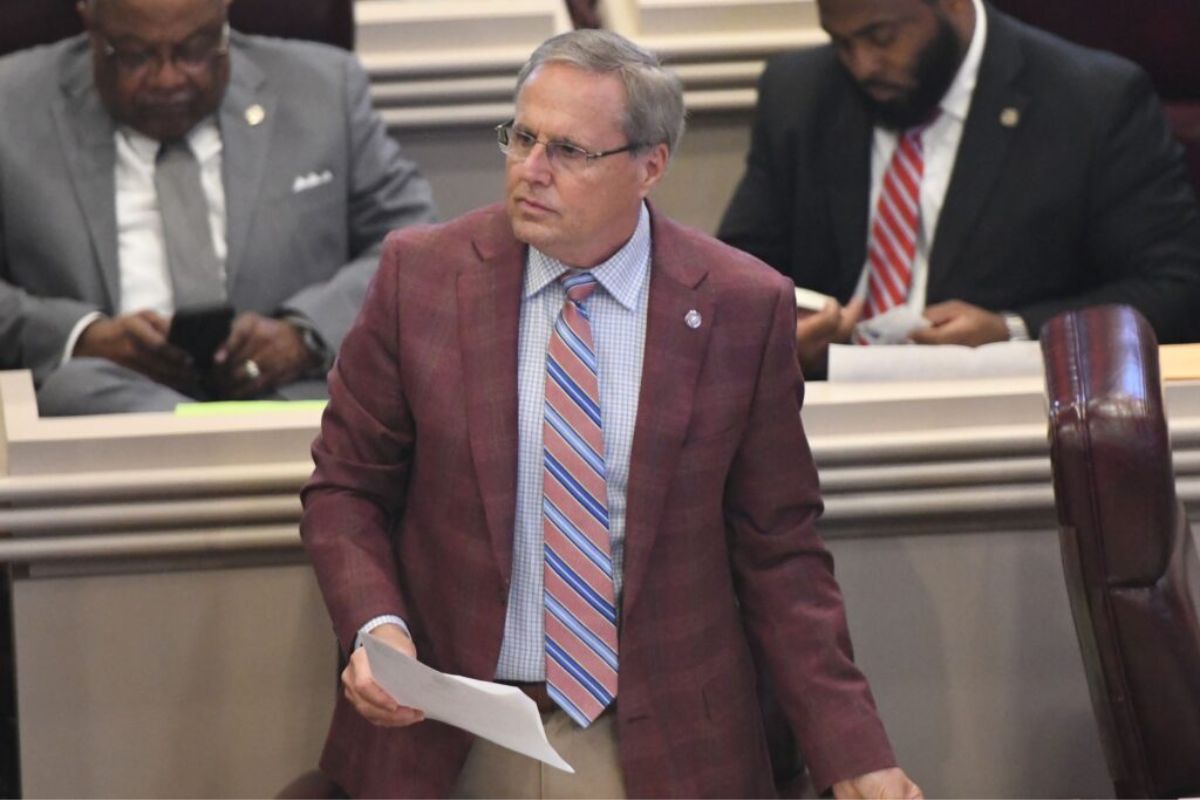Alabama Ponder School Funding Model: The ongoing contemplation by Alabama lawmakers regarding the modernization of school funding mechanisms signifies a pivotal moment in the state’s educational landscape. As discussions unfold, the potential for a shift towards a student-centered funding framework looms large, promising a more nuanced and adaptable approach to resource allocation.
By addressing disparities and embracing a more inclusive model, Alabama appears poised to navigate the complexities of educational funding with a renewed sense of purpose and equality. This evolution towards a modernized funding approach could herald a significant transformation in the state’s educational infrastructure, potentially reshaping outcomes for students and schools alike.
Alabama Legislators Deliberate on School Funding Formula Overhaul
Alabama legislators are currently engaged in deliberations regarding a potential overhaul of the state’s school funding formula. Following the conclusion of one legislative session, discussions have commenced on revising Alabama’s existing public K-12 education funding structure.
Representative Danny Garrett, R-Trussville, has highlighted the necessity for change, pointing out the antiquated nature of the current funding model, which has remained stagnant for the past thirty years. The House and Senate committees responsible for overseeing the Education Trust Fund (ETF) have collaboratively initiated talks on this pivotal matter.
This move signifies a significant step towards addressing the deficiencies and inadequacies present in the current funding formula, with legislators aiming to modernize the system to better serve the needs of Alabama’s students and educators.
The deliberations and considerations being undertaken by lawmakers signal a dedication to enhancing the state’s education funding mechanism, potentially paving the way for a more equitable and effective system that aligns with the requirements of a 21st-century educational landscape.
Exploring Alternatives: Transitioning to a Student-Based Funding Model
Shifting to a student-based funding model presents an opportunity for Alabama to address the diverse needs of its student population more effectively.
The current resource-based formula, in place since 1995, focuses primarily on student numbers for funding allocations. In contrast, many states have moved towards a student-based approach, which takes into account additional factors like English Language proficiency and special needs.
Adopting a student-centered model could lead to a more inclusive distribution of resources, ensuring that funding aligns with the specific requirements of individual students. By considering a broader range of student characteristics and needs, Alabama can better support educational outcomes and promote inclusivity across its schools.
This adjustment would signify a shift towards a more tailored and personalized funding strategy that reflects the unique challenges and strengths present within the student population of the state.

ALSO READ: Alabama Governor Enacts First Grade Readiness Legislation
Funding Disparities and Economic Impact
Considering the funding disparities and economic impact associated with the current resource-based formula in Alabama’s education system, there is an urgent need to address the challenges faced by lower-income communities and minority populations in accessing equitable resources for quality education.
Lawmakers have highlighted the significant disparities in funding, particularly in areas with high concentrations of minority populations and lower-income households. The discussion has brought attention to the influence of economic development incentives on school funding distribution, prompting concerns about the fairness and adequacy of resource allocation.
The reliance on property taxes for funding has further exacerbated the divide between affluent and disadvantaged districts, underscoring the importance of achieving equity in educational resources. Addressing these disparities is essential for ensuring that all students have equal access to quality education, regardless of their socio-economic background.
Efforts to reform the funding model must prioritize fairness and inclusivity to mitigate the economic impact on vulnerable communities and promote educational equity across the state.
Towards a More Inclusive Funding Model
Exploring a student-centered funding approach presents a promising avenue for enhancing educational equity in Alabama’s school funding system. Shifting to a weighted student funding formula, akin to models implemented in other states, has emerged as a viable option.
This innovative approach would distribute funds based on individual student needs, including considerations like special education requirements or language support for English Language Learners. By tailoring funding allocations to address specific student needs, policymakers aspire to cultivate a more inclusive and responsive funding model that can effectively bolster educational outcomes across the state.
The decision to reconvene discussions in August underscores a steadfast dedication to tackling the intricacies of school funding. This ongoing commitment signals a recognition of the importance of ensuring equitable access to quality education for all students in Alabama.
As lawmakers deliberate on the potential implementation of a more student-centric funding model, the focus remains on fostering a fair and all-encompassing educational system that caters to the diverse needs of Alabama’s student population.
News in Brief
Alabama lawmakers are actively considering a shift towards a student-centered school funding model to address the diverse needs of students and educators across the state.
By modernizing the funding formula to prioritize factors like English language proficiency and special needs, Alabama aims to promote educational equity and guarantee fair distribution of resources.
This commitment to enhancing educational outcomes reflects a dedication to fostering a more inclusive and responsive funding system in the state.

